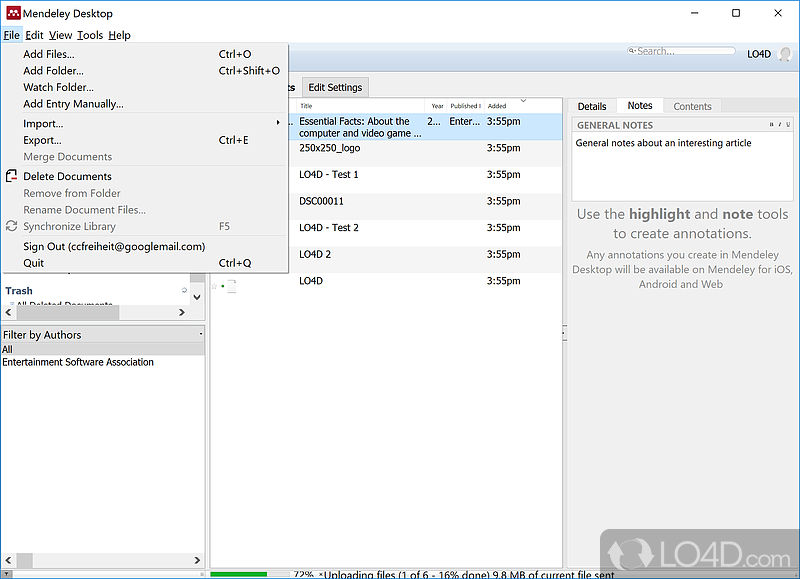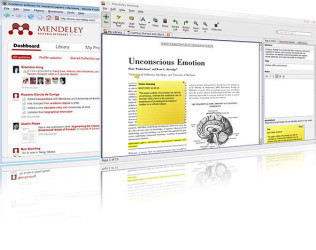

Well, Picasa came from Google and Google is good at search and user interfaces, so they solved this problem by allowing you to use search as the interface to your data. Of course, once your personal image database grew to thousands of pictures and you had added all sorts of information to pictures and collections in a way that folders and filenames just didn’t allow, the whole concept of browsing the library as if it were a set of files in hierarchical folders began to break down. At first I personally found this very frustrating, because I was used to rigid hierarchies for finding things, but eventually having the freedom to just dump all the files in one big pile and let the computer sort it out won me over. You could fluidly re-arrange things however you liked, make ad-hoc collections and add notes, and add new things to your collection without having to rename files or move them around on your hard drive. Instead of browsing through your disk to the folder that had your pictures in it, you simply opened Picasa and everything was there, neatly organized in a manner that wasn’t tied to how the files were stored on your disk.
Mendeley desktop database files software#
The picture management software Picasa was an example of this. Not only was it hard to find things buried several folders deep (did I put that band under alternative or rock, were they late 80s or early 90s?), but when you wanted to make ad-hoc mixes, you either had to make copies in a separate folder, or use the playlist builder function of your software.Īs computers got faster and memory got more plentiful, developers realized that they could provide a smoother and faster experience for users by loading the whole library (or a decent chunk of it and use smart caching strategies) into memory all at once. However, as people’s music collections grew, the limitations of this approach became apparent. It was also necessary to work within the memory limitations common to desktop computers of that era. It was simple for a computer user to understand and straightforward for a developer to write programs that worked this way. To play music in Winamp, you used the computer’s file system to select the music files you wanted to play and then told the computer to use Winamp to open them.

Recalling how you organized your pictures or your music back in 2000, you may have used a program like Winamp. individual filesīy 2000, the IT industry had been using databases to store and queries to retrieve large amounts of information for quite some time, but most applications that an individual had on their computer still worked by loading each individual file from the disk as it needed to access it. This post is about the move to databases from filing systems, and how that improves your workflow. Three major and interrelated developments are the move to querying databases of information as opposed to loading information from individual files, the practice of tagging bits of information as opposed to filing things in a hierarchical folder structure, and the representation of information as a temporal stream as opposed to a static page. You may have to enter citation information manually, search the Mendeley catalog, or enter the DOI, PMID, or ArcXiv ID under Catalog IDs and use the Lookup (magnifying glass).This post is the second in a series, looking back over the changes in information management over the past decade. Note: not all PDFs have information that can be extracted by Mendeley, and sometimes the citation information will be missing, incomplete, or incorrect. Choose File - Watch Folder in Mendeley Desktop. Have Mendeley 'watch' certain folders on your computer, then as PDFs are added to these folders they get imported into Mendeley automatically.
Mendeley desktop database files pdf#

If the extracted citation information is incomplete or missing, the citation will end up in Needs Review. Mendeley will attempt to extract the citation information from the PDFs, and the new citations will show up in under Recently Added. A quick and easy way to get citations into your Mendeley Library is to drag PDF files or folders of PDFs into the middle pane of your Mendeley Desktop window.


 0 kommentar(er)
0 kommentar(er)
